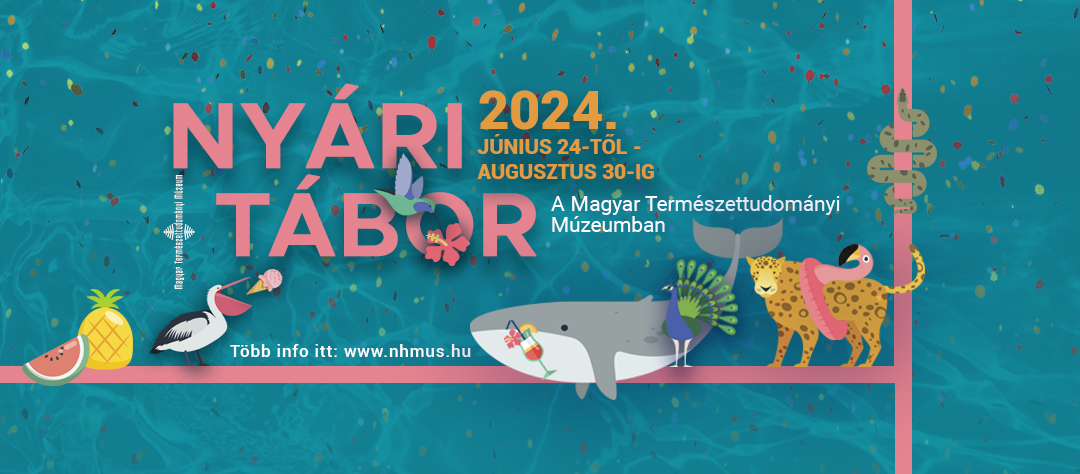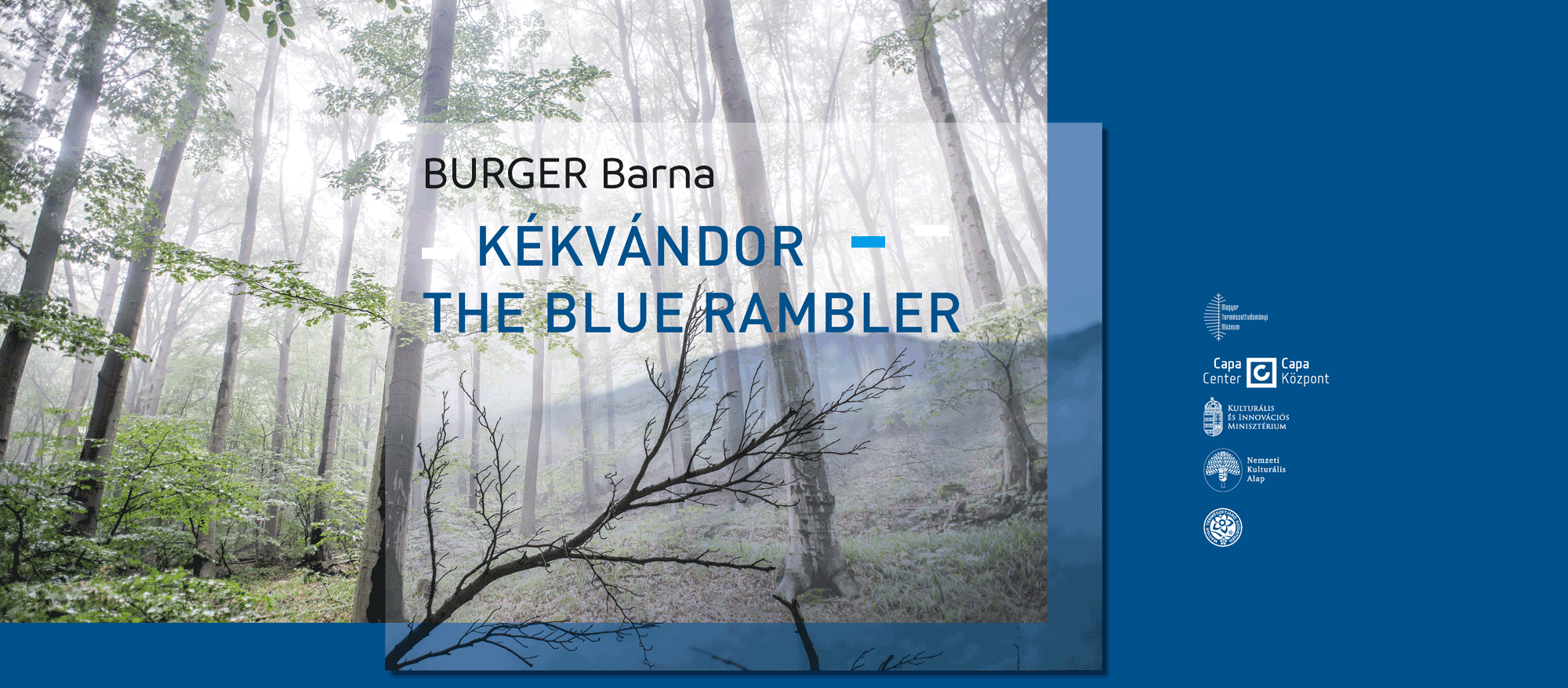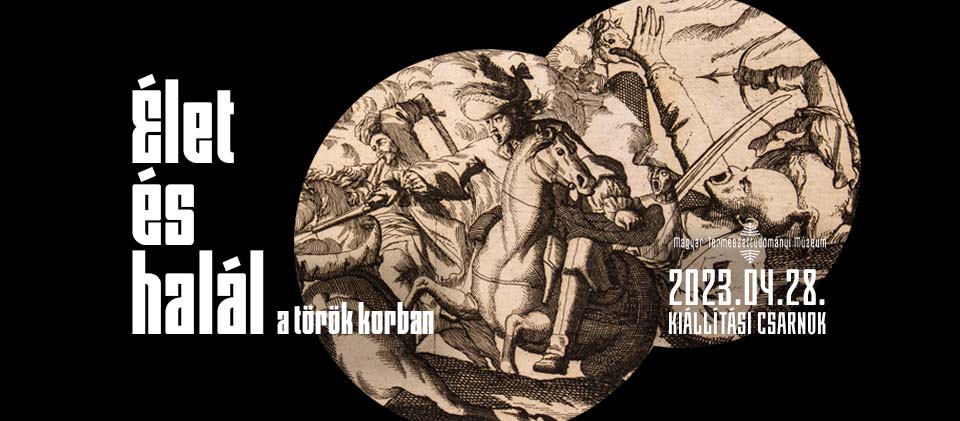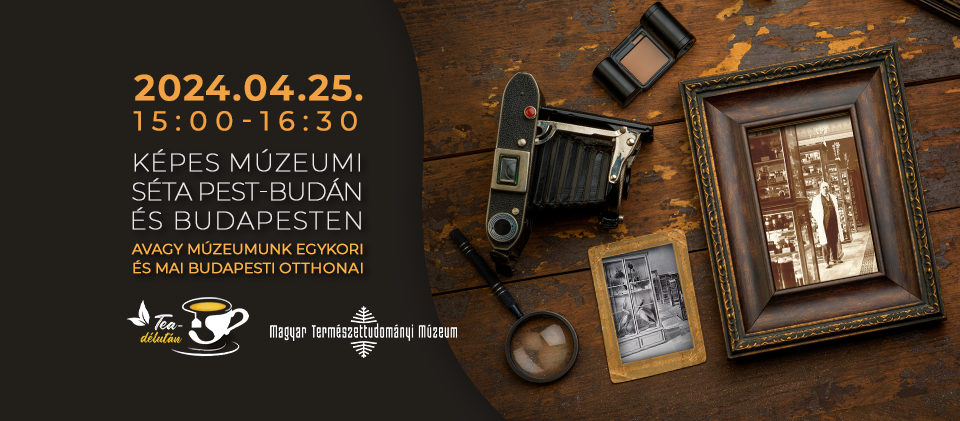The history of the botanical department dates back to that of the early history of the Hungarian National Museum (est. 1802). A natural history collection, donated by Julianna Festetich to the national museum, contained both mineral and plant specimens, the latter representing the first botanical acquisition.
The first major collection of historic importance – the Pál Kitaiblel herbarium – was an acquisition by József Nádor (Archduke Joseph, Palatine of Hungary, 1776-1847) in 1818. The Kitaibel collection greatly contributed to the reputation of the museum’s herbarium, as well as the 1838 addition of the Sadler Herbarium.
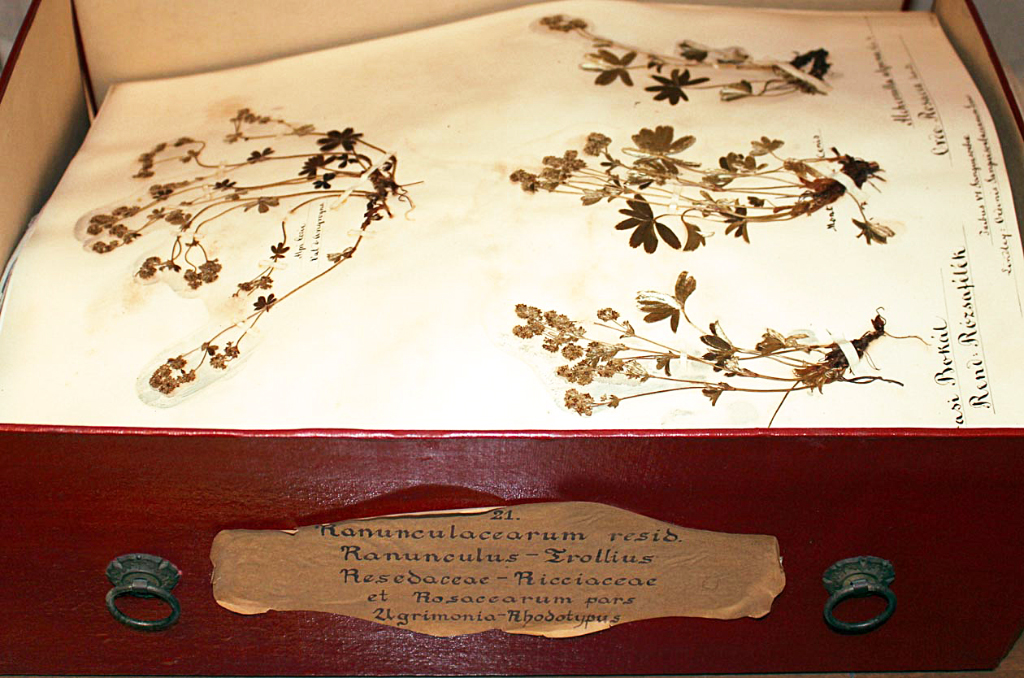
Herbarium of Lajos Kossuth
The first keeper of the natural history collections was Gyula Kováts (the first Hungarian palaeobotanist), fulfilling the post between 1850 and 1870, when Viktor Janka took over the position. 1870 was significant in the development of the natural history collections: the Hungarian Diet approved the purchase of the Lobkowitz Collection, known as the richest and largest geological collection in the Austro-Hungarian Monarchy, containing many types of the early European monographs, including those by Franz Unger and Constantin von Ettingshausen. Materials from the first palaeobotanical sites of Hungary (Erdőbénye and Tállya, described and published in 1856 by Gy. Kováts) were also soon incorporated. Almost all specimens of these latter collections are types. The number of type specimens from the 19th century amounts close to 600. These and many valuable additions from the 20th century place the palaeobotanical collection among the best in Europe.
In 1892, the major herbarium of ca 100 thousand specimens of Lajos Haynald (1816–1891) was received by the museum as a bequest. Two years later, the purchase of the Frigyes Hazslinszky herbarium, marks the incorporation of the first major set of cryptogams.
At the beginning of the 20th century, the Vince Borbás herbarium was another major addition; in 1934 the large Árpád Degen herbarium was received by the museum as a bequest. Of great historical merit is the herbarium of Lajos Kossuth, stored in its original cases, witnesses of our national hero’s deep interest in natural history.
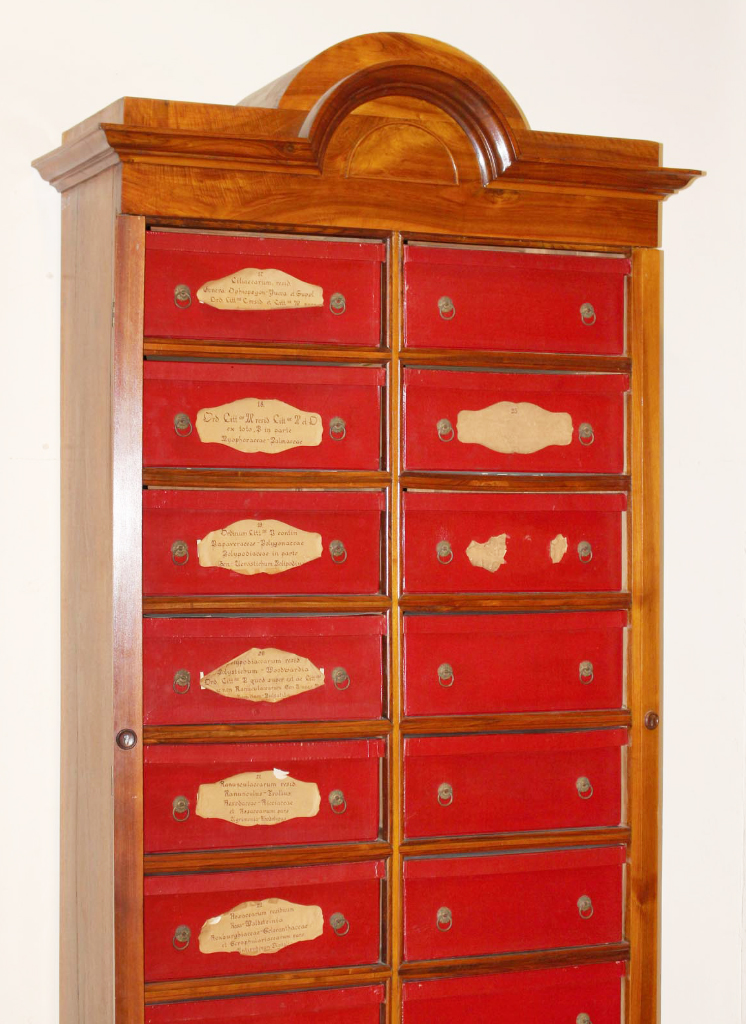
Herbarium of Lajos Kossuth
During the 20th century, several other important collections of Hungarian botanists were added to the two major units (Herbarium Carpato-Pannonicum and Herbarium Generale) of the national herbarium, either as gifts or through purchase, which eventually added up to a 1.5 million seed-plant collection. At the end of the century, the last major acquisition was the plant collection of the Eötvös Loránd University.
Among the major personalities who have worked at our department in the last decades Baron Gábor Andreánszky (1895-1967) worth mentioning, whose phytogeographical research, extensive collecting activity and teaching have made him one of the most significant Hungarian botanists. The last phase of his professional life was devoted to palaeobotany. Sándor Jávorka (1883-1961) worked at the botanical department from 1905 until he passed away. For many years working closely with Vera Csapody (1890-1985), they created the Iconographia Florae Hungaricae, a beautifully illustrated monograph of the flora of Historical Hungary, a reference work that is much used even by current-day botanists. Among many other works, Vera Csapody has also created ca. 11500 watercolours of both native and introduced plants, an immense collection of illustrations that enrich the unique botanical documentation housed at the Hungarian Natural History Museum.
